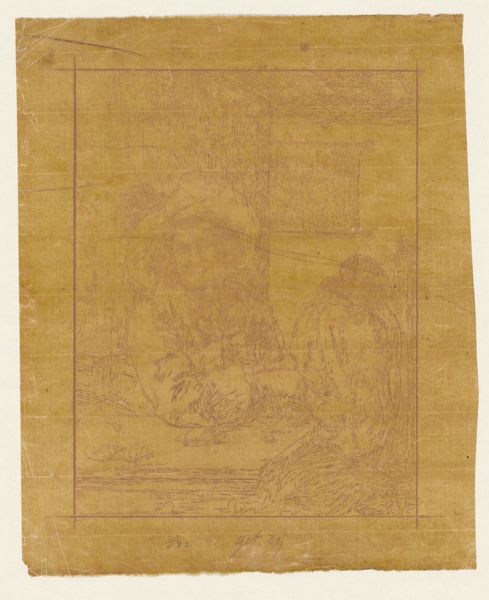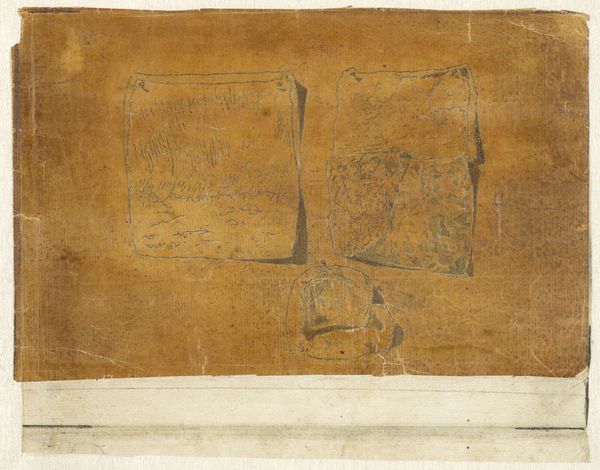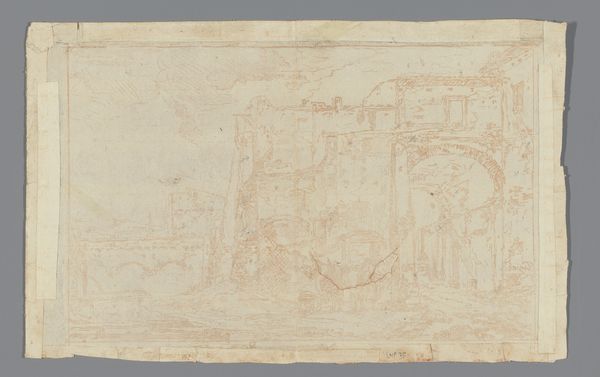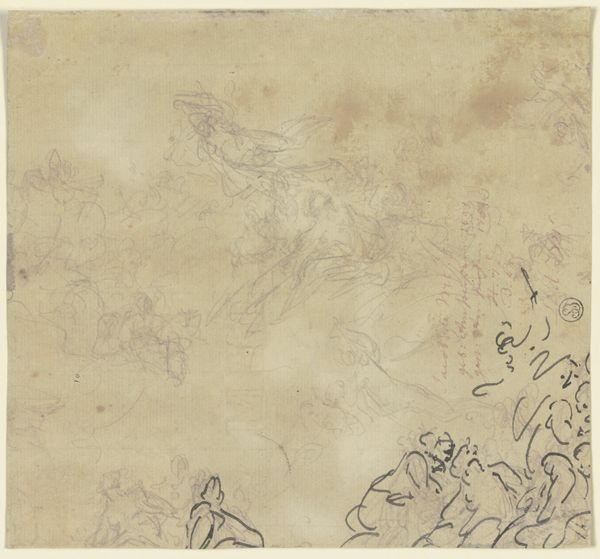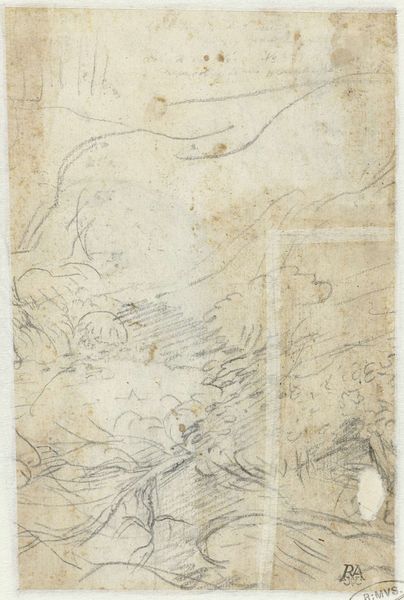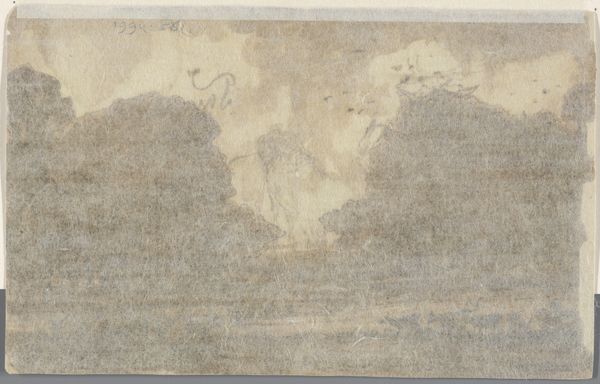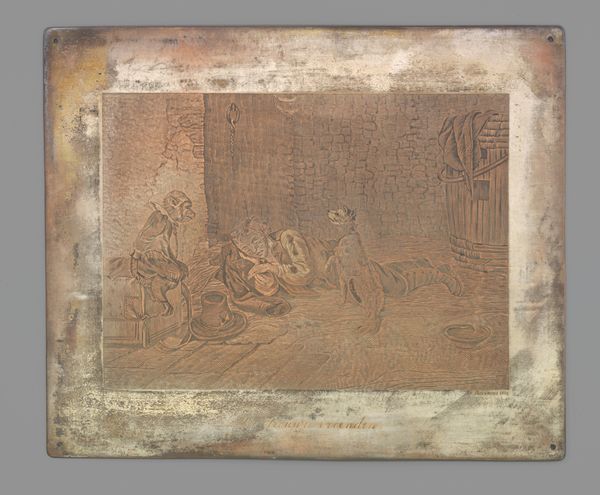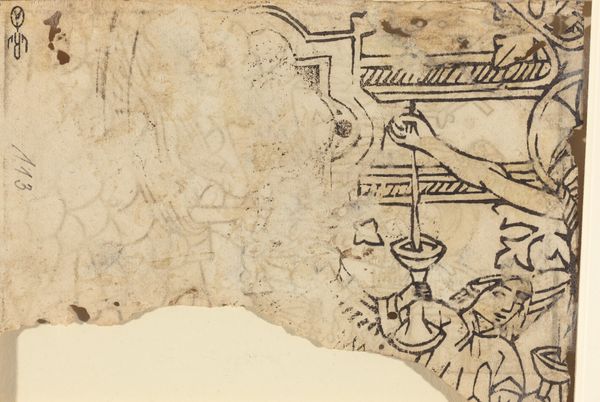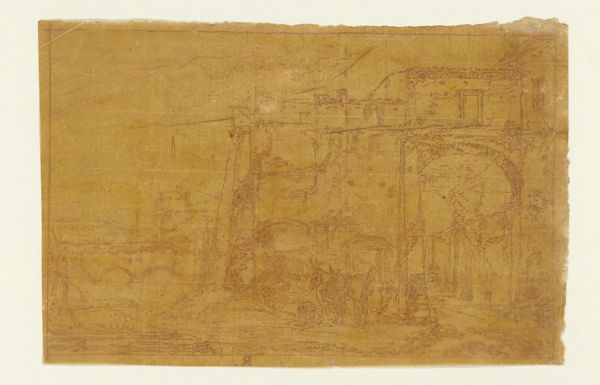
drawing, paper, ink, pencil
#
drawing
#
water colours
#
animal
#
landscape
#
paper
#
form
#
ink
#
pencil
#
line
#
realism
Dimensions: height 118 mm, width 175 mm
Copyright: Rijks Museum: Open Domain
Cornelis Brouwer created this sensitive drawing of sheep in a pen sometime in the late 18th century, using pen and brown ink on laid paper. The drawing’s character hinges on the intimate connection between process and material. Look closely, and you can see the slightly irregular surface of the paper, providing a subtle texture that softens the ink lines. The laid paper, handmade from pulped linen or cotton rags, would have been relatively common. It was made by pouring the pulp onto a mesh screen, leaving a pattern of subtle lines, which in turn influence how the ink bleeds and settles, adding depth to the image. Brouwer skillfully used the pen to create variations in line weight, capturing the woolly texture of the sheep’s coats. You can also see the quick, confident strokes that bring out the rustic charm of the sheep pen, and evoke a sense of pastoral life. By understanding the materials and methods behind this drawing, we gain a deeper appreciation for the artist’s skill and the cultural context in which he worked. The work challenges traditional distinctions between fine art and craft.
Comments
No comments
Be the first to comment and join the conversation on the ultimate creative platform.
